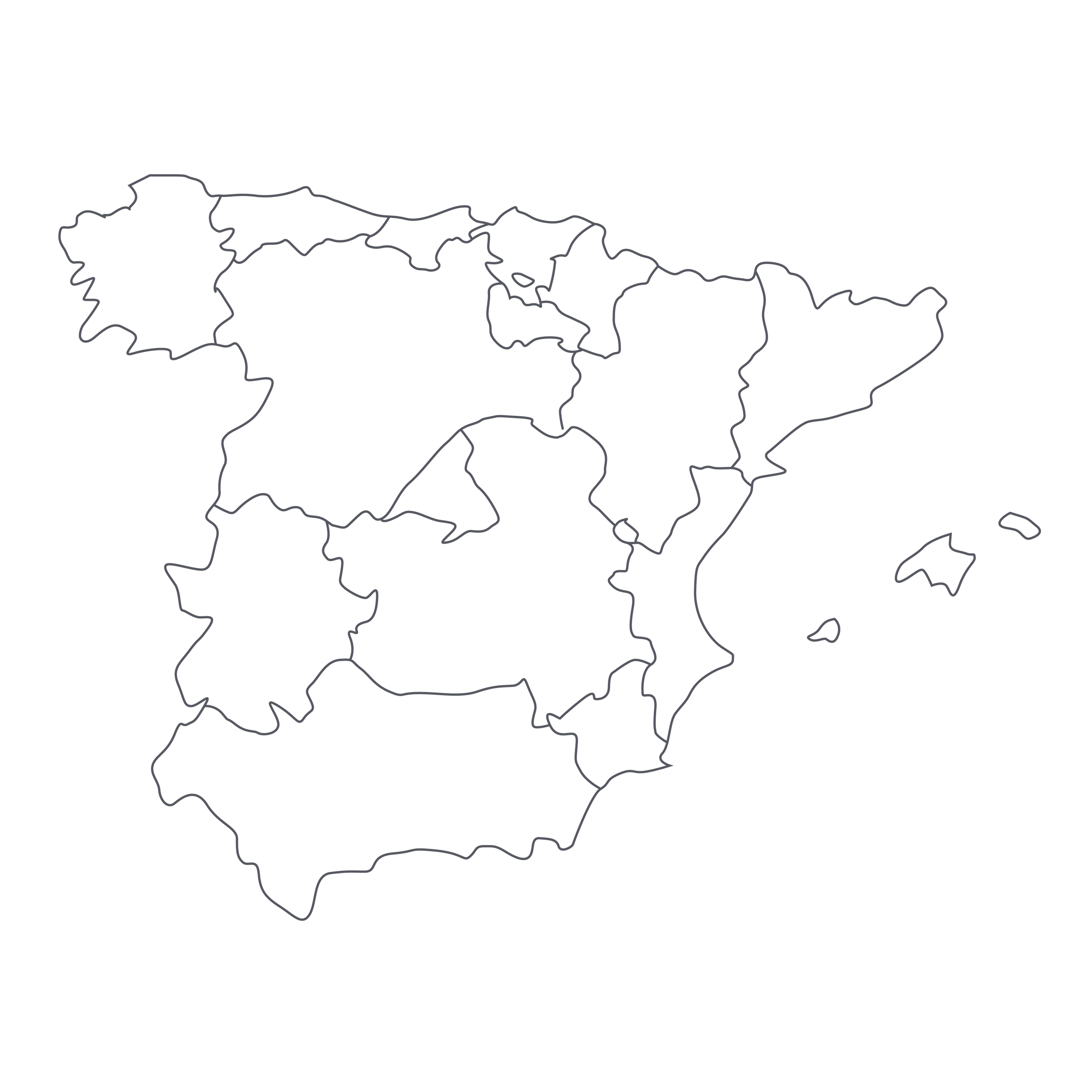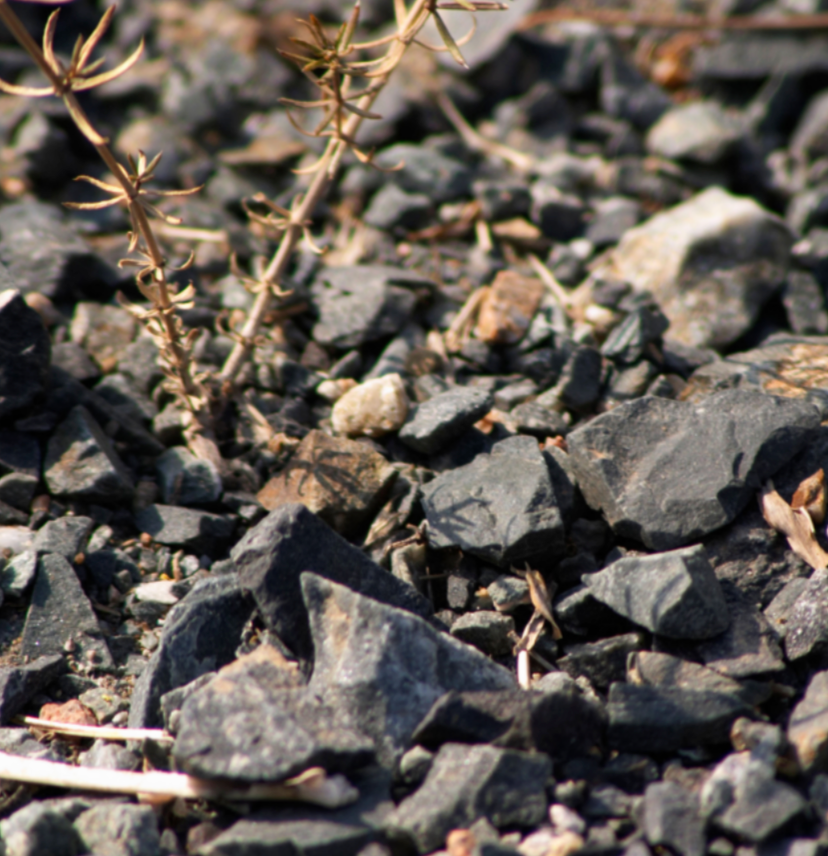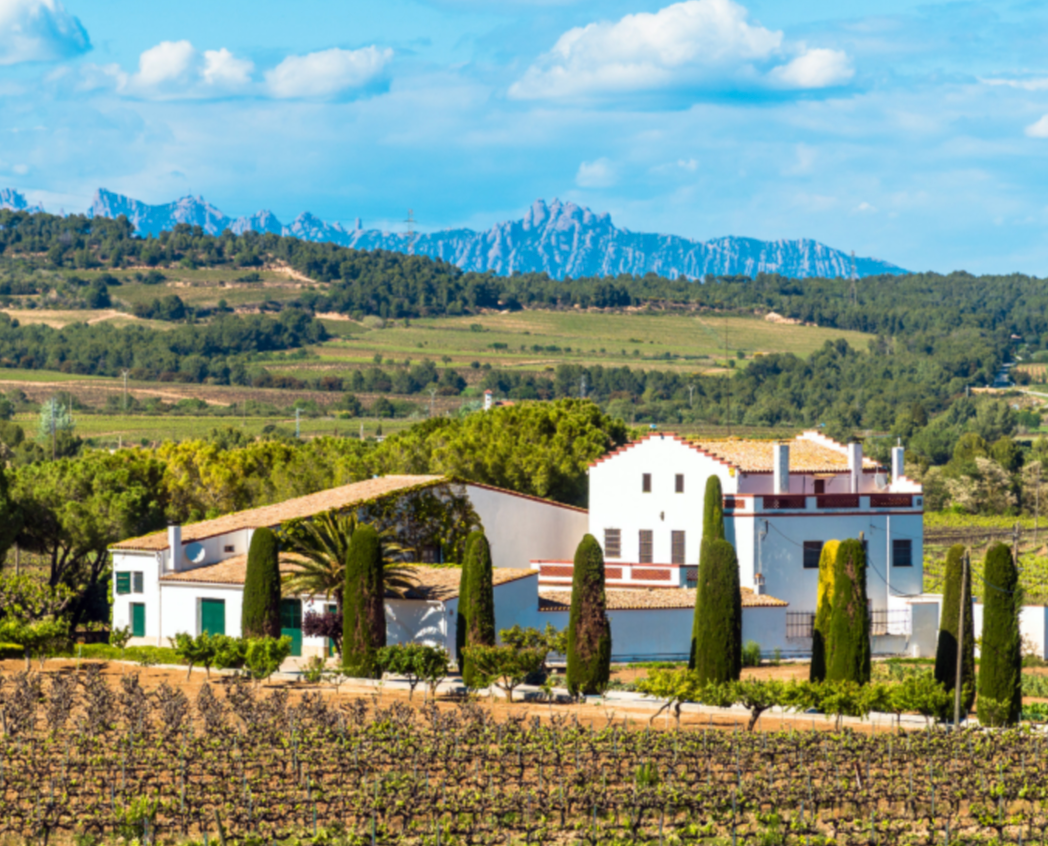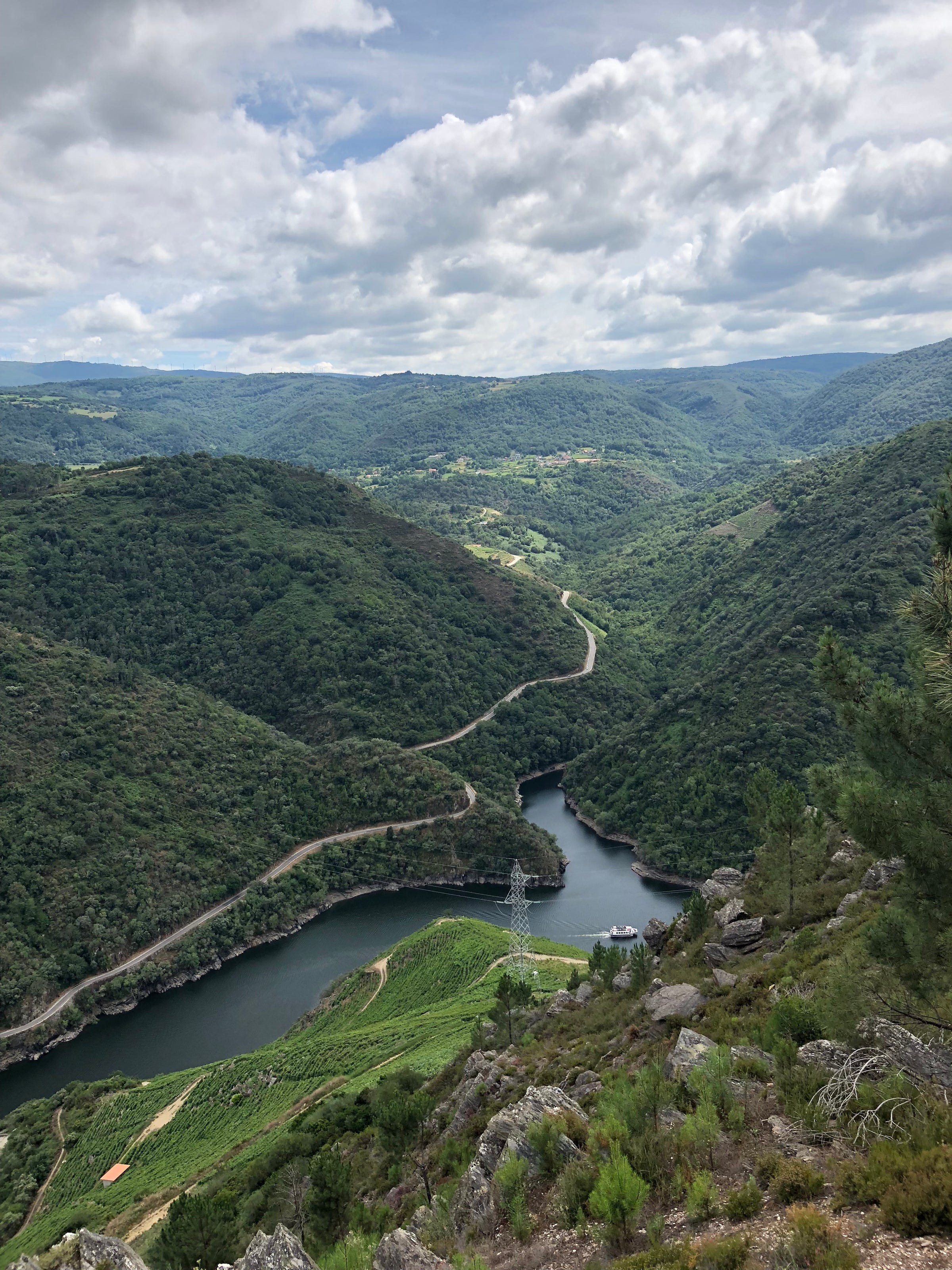As we all know, the distance between “good” and “great” wine is often very short, even negligible—like when a Premier Cru vineyard sits right next to a Grand Cru, separated by a stone wall or a narrow road. There are also larger appellations which, for what often seem like arbitrary reasons, rank a notch below their direct neighbors in terms of market perception.
We love finding wines from these underrated, ‘next door’ appellations: Saint-Aubin in Burgundy may be the best of them—producing wines from vineyards a literal stone’s throw from the greatest crus of Chassagne and Puligny-Montrachet—but Spain’s Montsant DO is right up there. Montsant is Priorat’s close neighbor in northeastern Spain, but other than differences in altitude there isn’t much else to tell their terroirs apart. Both appellations contain some of the world’s greatest old-vine Garnacha (Grenache) in soils of fractured shale known locally as
llicorella. Nevertheless, Priorat is viewed as the fancy collectible and Montsant as its more-affordable, easy-drinking alternative. But today’s Montsant, from up-and-comer Josep Maria Vendrell, cannot be relegated to second-tier status. It’s got more character and impact than a great many Priorats costing much, much more, and it goes further than that still—it’s one of the most evocative Grenache-driven reds we’ve tried in some time, capturing the energetic and perfumed side of the variety the way the very best Châteauneufs (i.e. Rayas) do. The value-for-dollar of Vendrell’s “L’Alleu” is simply immeasurable. When I first tried it, I thought I was drinking something very expensive, and I didn’t think an expensive Montsant would fly with our subscribers. At this price, however, it more than flies—it soars!
It is also, in a region that has some well-known local cooperatives (like Capçanes, where Josep Maria Vendrell once worked) and larger-sized wine firms scooping up land in the region, a family-scale estate blessed with an heirloom collection of old vines. Josep is quite young, and with the help of just his father and his wife, Núria Barceló, he farms 25 hectares in the village of Marça, on the southern slopes of the Montsant hill. They are working organically, under the supervision of an entity called CCPAE (Catalán Council of Agrarian Ecological Production), and have 50- to 80-year-old stands of Garnacha (Grenache) and Cariñena (Carignane) vines at their disposal.
For all the back-and-forth among wine geeks about “natural” wines—what they are, exactly, what they’re supposed to taste like—there’s one thing that distinguishes the best of them: energy. The 2016 L’Alleu, crafted in a low-sulfur, minimal-invention manner in the cellar, has that energy—which I think is critical to the success of Grenache-driven reds. The modern Spanish wine landscape has plenty of ink-rich, lavishly oaked, “international” reds to choose from, and Montsant, with its Mediterranean climate and wide diurnal temperature swings, can certainly deliver ripeness and extract in spades; and yet, even though Vendrell ages L’Alleu in French oak barriques for a year before bottling, the oak is only an accent note and the wine feels lifted and lively, not chunky and flat. No doubt the older vines have a regulatory effect on ripeness, allowing grapes to mature slowly and evenly to preserve acidity and freshness.
Comprised of roughly 70% Garnacha and 30% Cariñena, the 2017 captures the somewhat elusive red-fruited/red flower/warm spice perfume most often associated with Grenache grown in sand. But fractured shale isn’t such a stretch, right? The Cariñena fills in the bass line with some darker fruit, a hint of licorice, and crushed rocks. In the glass, it’s a nearly opaque ruby/garnet red with pink highlights, with perfumed aromas that not only recall high-toned Grenache-based reds like Rayas but some Burgundian Pinot Noirs as well: red and black cherries, crushed black raspberries, lavender, wet roses, orange peel, sandalwood, dark chocolate, and a hint of black pepper jump from the glass and carry over to a medium-plus-bodied palate that is in no way syrupy or ‘hot’ (a common impediment for wines from the region). Well-preserved acidity effectively negates the effects of elevated alcohol and renders the wine brightly fruited and with a pleasingly grainy minerality on the finish—in the end, what stands out most is how much it performs like a ‘cool climate’ red. Decant it 30 minutes before service at 60-65 degrees in Burgundy stems and enjoy it now and over the next few years. If you want to go full-bore authentic with a food pairing, check out the attached recipe for duck with pears, a Catalán classic with a sweet-savory flavor mix to complement that of the wine.





